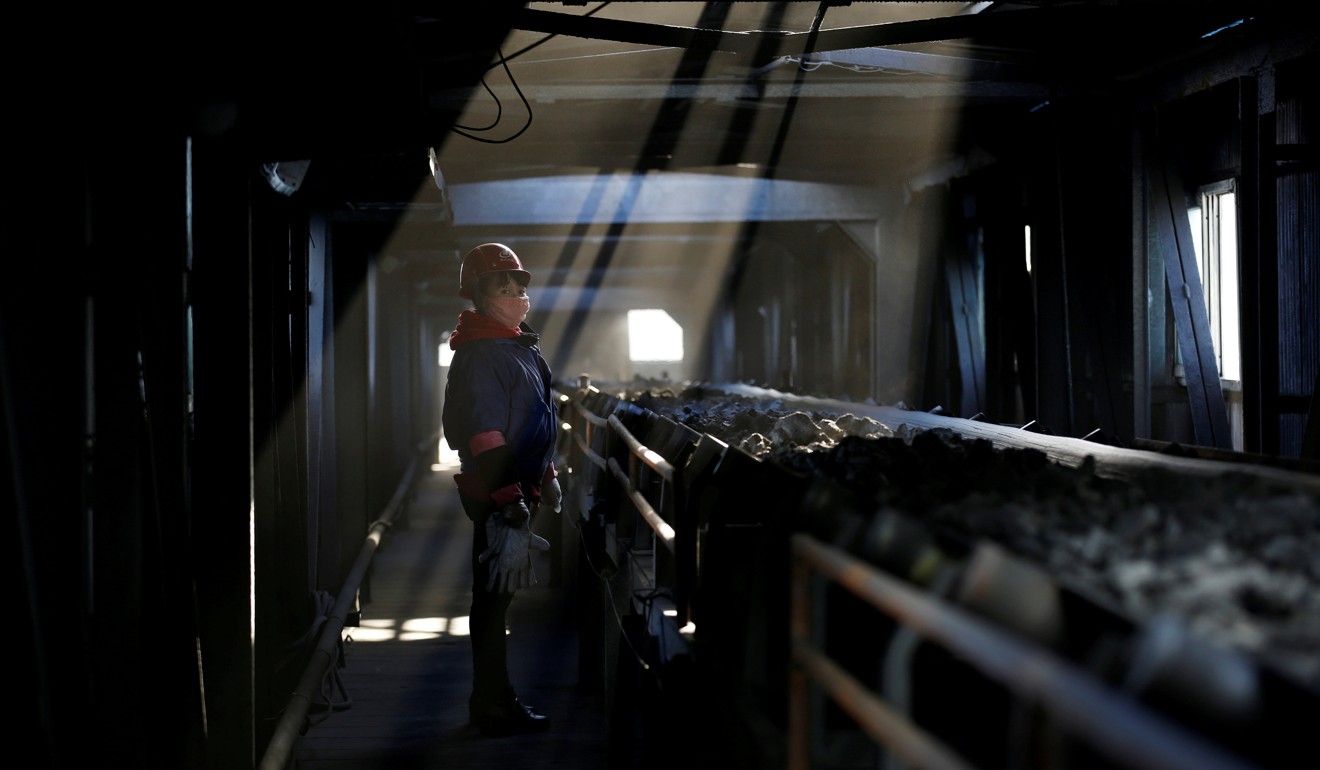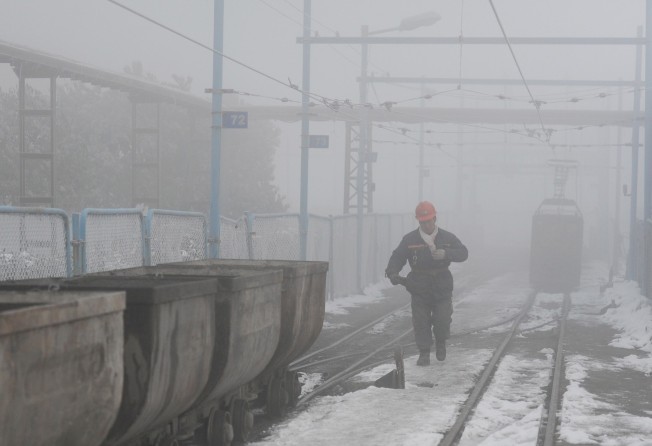
Perfect storm as blizzard snarls China’s railway network, cutting off coal supplies
Heavy snowstorms expose flaw in Beijing’s push for remote coal mining hubs

China’s worst blizzard this winter exposed a flaw in Beijing’s drive to create remote coal mining hubs as it tries to streamline heavy industries and clear the air in populated regions: a lack of railways to get the fuel to market.
Heavy snowstorms snarled the world’s largest railway network this week, closing highways, freezing ports and cutting off critical supplies of thermal coal.
The bottlenecks added to a month-long coal price rally and prompted four top utilities to warn of potential heating and electricity shortages ahead of the upcoming Lunar New Year.
By Friday, rare heavy snow in south and central regions had eased, but railways were still clogged. State railway operator China Railway Corp has imposed more emergency measures to increase coal deliveries to southern power producers running low on stock.
Rail experts and executives at utilities warn chaotic episodes like this may become more frequent over coming years until new freight lines are built.
“China’s railway capacity is seriously inadequate, even though it has invested lots of money each year to build new lines,” said Zhao Jian, a professor at Beijing Jiaotong University.
Adding further strain to the system, the government last year required thousands of factories to use rail to ship cargo rather than roads, the nation’s favourite mode of transport.

Aside from rail capacity, the issue can also be traced back to central government policy that has closed small mines and reduced output in the south, limiting availability of regional spot supplies that could normally pick up the slack.
By creating mining hubs in more remote northern and western regions, the fuel has further to travel to get to the coal-fired power plants that produce most of the nation’s electricity.
A source at Huaneng, one of the country’s top utilities, believes imports will play an even bigger role in supplementing his supplies.
“The shifting of the coal hub from east to the west will add potential risks to transportation since we will see coal travelling a longer distance,” he said.
Breakneck expansion
Over the past decade, China has ploughed trillions of dollars into expanding its high-speed passenger rail network, but spending growth is starting to slow.
China Railway’s investment target this year is the lowest since 2013, and mostly on high-speed passenger tracks.
The somewhat neglected freight network cannot handle the extra capacity.
The nation’s first north-south special coal line – the Inner Mongolia to Jiangxi Railway designed to carry 200 million tonnes of cargo and stretching 2,000km (1,240 miles) – will not be ready until at least 2019.
Existing freight tracks also do not service the regions in dire need of fuel.
The nation’s four major tracks with capacity to carry 1.2 billion tonnes each year of freight run west from the coal hinterlands to east coast ports, where fuel is shipped south for delivery inland by truck or barge along the Yangtze River.
With coal stranded at mines, the authorities have rushed to shore up supplies of fuel.
In the second round of emergency measures, China Railway last week ordered almost 20 regional hubs – from Hohot in Inner Mongolia to Kunming in Yunnan in the south – to ramp up loadings.
Until February 10, some 46,000 cars of coal a day must be delivered to ensure supplies reach Hunan, Hubei, Shandong and Jiangxi and power plants in other regions that are running low of fuel, it said in a fax reviewed by Reuters.
That equates to about 3 million tonnes of coal, almost 60 per cent of China’s average daily needs for its coal-fired power sector, according to Reuters calculations.
China Railway had already made coal a priority and restricted shipments of grain and fertiliser south.
China Railway and the National Railway Bureau did not respond to requests for comment.
Restrictions on mining are part of efforts to clear the pollution that blankets the north during winters and move heavy industry away from populated urban areas.
The provinces pleading for help after a rare dump of snow were in the south and central regions of Jiangsu, Hunan and Sichuan.
Those provinces have cut coal output the most in percentage terms in recent years, while Inner Mongolia, Shanxi, Shaanxi and Xinjiang have ramped up supplies.
Those four top-producing regions accounted for 72 per cent of the total coal output in 2017, compared with just over half in 2008, according to data from China’s coal transportation association.
The expansion of coal output in these areas, outside China’s traditional industrial heartland, has had the desired effect of shifting polluting activities away from the most populous areas.
But analysts say until the railway network fully connects those supply hubs with centres of demand, further congestion problems look likely to persist.